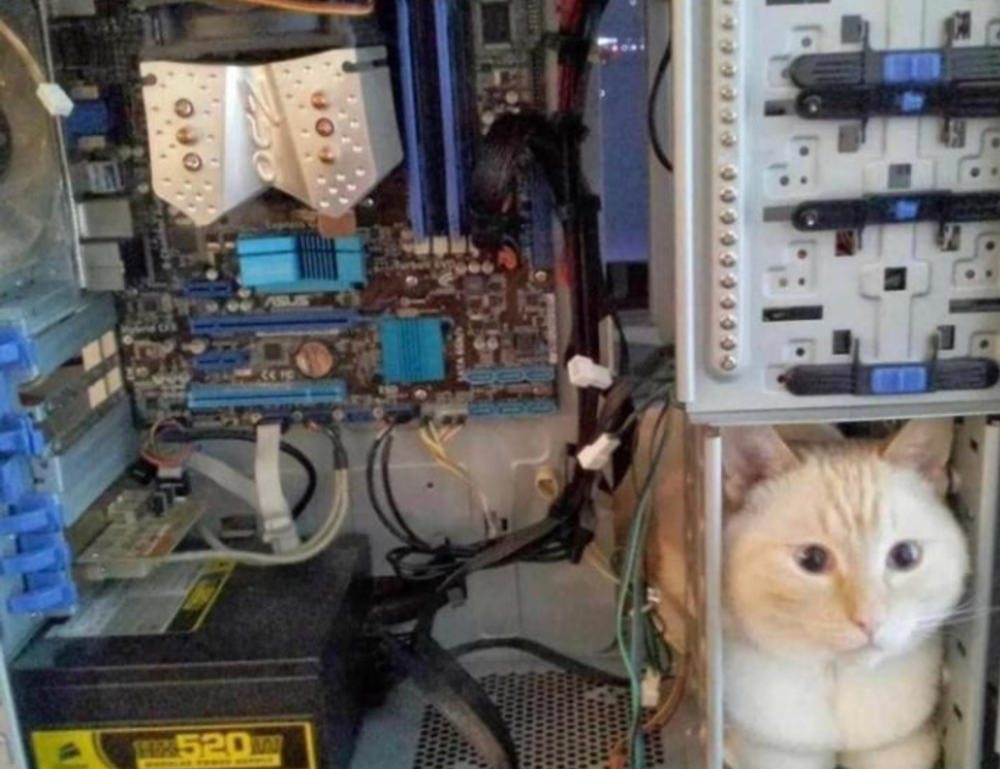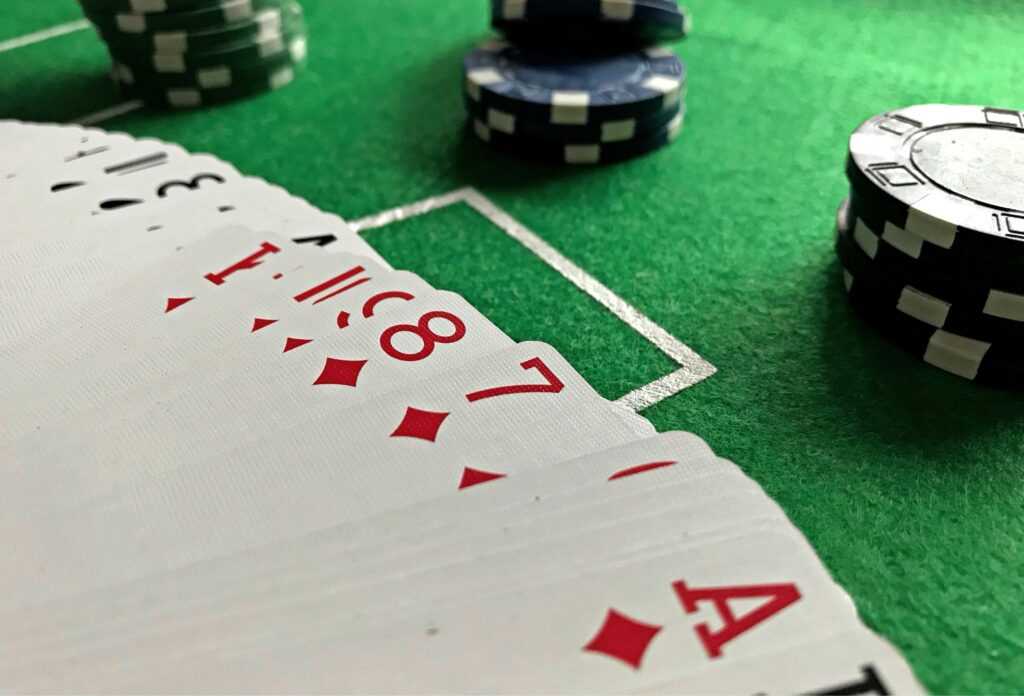9513495734 and the Bigger Picture
Take a step back. Numbers like 9513495734 are just modern day cold calls on a digital scale. But instead of getting one or two per day, you might get dozens, and they’re automated.
Federal agencies are trying to clamp down, but enforcement isn’t fast enough to shut all these down in real time. That means the average user—yes, you—has to practice basic call hygiene. Don’t engage. Don’t let curiosity win.
What’s Behind 9513495734?
First things first: 951 is an area code for Riverside County in California. That’s not especially strange—but the complete number, 9513495734, has shown up on people’s caller IDs across the U.S., not just in California. In most cases, the caller doesn’t leave a voicemail, or if they do, it’s vague or automated.
Some users report receiving multiple calls over several days, often during business hours. Others report that the call ends quickly after picking up. These behaviors usually point toward robocall systems or spam telemarketing setups, which are designed to massdial numbers quickly.
Patterns and Common Reports
Online forums and scam report websites label 9513495734 as suspicious. Here’s what people say:
Dead air when answering Calls at odd times or multiple calls in one day No obvious business or name attached to the number Spam or phishing attempts when callbacks are made
The frequency and manner of the calls suggest it’s automated. In many cases, these types of robocalls are either trying to confirm if your number is active (to sell to spammers) or pushing for quick responses to vague offers (think fake tech support, unpaid bills, or fake charity donations).
Don’t Panic—Just Be Smart
So what do you do if this number calls you? Here’s a simple strategy:
- Don’t pick up: If you don’t recognize the number, let it go to voicemail.
- Don’t call back: A big mistake people make is calling back. That’s what scammers want. It confirms your number is real and active.
- Block the number: Use your phone settings to block 9513495734 so it won’t bug you again.
- Report it: Hit up the FTC’s Do Not Call registry or your cellular provider’s spam reporting system.
A good rule in today’s telecom world: If it’s important, they’ll leave a clear, specific voicemail. Anything else—ignore it.
Why Numbers Like This Exist
Spam callers use VOIP services to “spoof” numbers. Spoofing means faking the caller ID to show a local area code or a number like 9513495734 that looks generic. You’re more likely to pick up if you think it’s nearby or not obviously a scam. That’s the whole trick—it’s a psychological play.
Scammers pay very little to robocall thousands of numbers per minute. As long as a small percentage of people pick up or call back, they profit. That’s why these operations thrive.
How to Protect Yourself
Phones are smart now, and so are apps. You’ve got tools to fight back:
Enable spam filters or callscreening on your phone. Use apps like Hiya, Truecaller, or your carrier’s native spam ID service. Keep your contact permissions tight. Avoid handing out your number to random online forms without checking for legitimacy.
Also, protect your info. Scams that start with robocalls usually aim to collect personal data over time. Don’t confirm your name, don’t press any buttons, and definitely don’t give out financial info.
Bottom Line
9513495734 is most likely part of a robocall or spam operation using spoofing tech. It’s not unique—there are thousands of numbers like it, but it’s just the one that may have landed on your phone this week. If it happens again, now you know what to do:
Ignore, block, report, and move on.
There’s no silver bullet, but keeping your phone secure and your habits sharp is the best defense.




